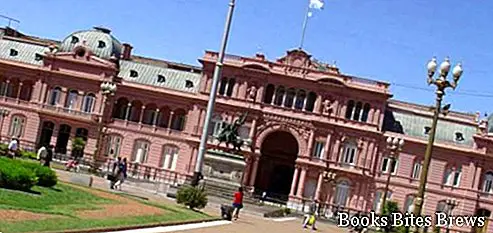What to see in Buenos Aires, itinerary including the main monuments and places of interest, including Casa Rosada, Plaza de Mayo and Metropolitan Cathedral.
Tourist information
Capital and largest city of Argentina, it is an immense metropolis with a large port, located on the right bank of the Río de la Plata, about 170 km from the Atlantic Ocean, at the edge of the Pampa.
The origin of Buenos Aires dates back to the colonial era, it was built with a checkerboard pattern and perpendicular streets between them, to which today's oblique streets were later added.
Many squares, some of them enriched with central monuments, few colonial-style buildings, including the cathedral, some churches and stately homes.
With the great building development that began in the late 1800s, the neoclassical style prevailed, in 1910 the Avenida de Mayo was inaugurated and work began on the construction of the Congress Palace.
After the Second World War, the era of modern buildings and skyscrapers began, particularly worth mentioning the 9 de Julio Avenue characterized by very high-rise buildings.
What see
The center with the places to visit is concentrated in a few neighborhoods, which can be visited on foot by walking between ancient European-style buildings and modern buildings, where there is no shortage of cafes or restaurants to stop.
Plaza de Mayo is the main square of the city, dating back to 1580, overlooking the Casa Rosada, seat of the national government.
On the corner of calle San Martín and avenida Rivadavia, opposite the Plaza de Mayo, stands the Metropolitan Cathedral, while on the other side of the square is the Cabildo, once the seat of the Town Hall, currently home to the National History Museum del Cabildo and the May Revolution.
Florida is the main pedestrian street.
Near the center there is the picturesque district of San Telmo, characterized by colonial-style buildings, cobbled streets and ancient churches, the La Boca district where at the end of the nineteenth century many Genoese immigrants arrived who gave it its current appearance, with the houses covered with colored sheets, the symbol of Buenos Aires, the Retiro district, with beautiful squares and elegant buildings, the Recoleta district, where there is a Gothic-style cemetery, interesting from an architectural point of view, the vast Palermo district with its parks and its tree-lined avenues.




